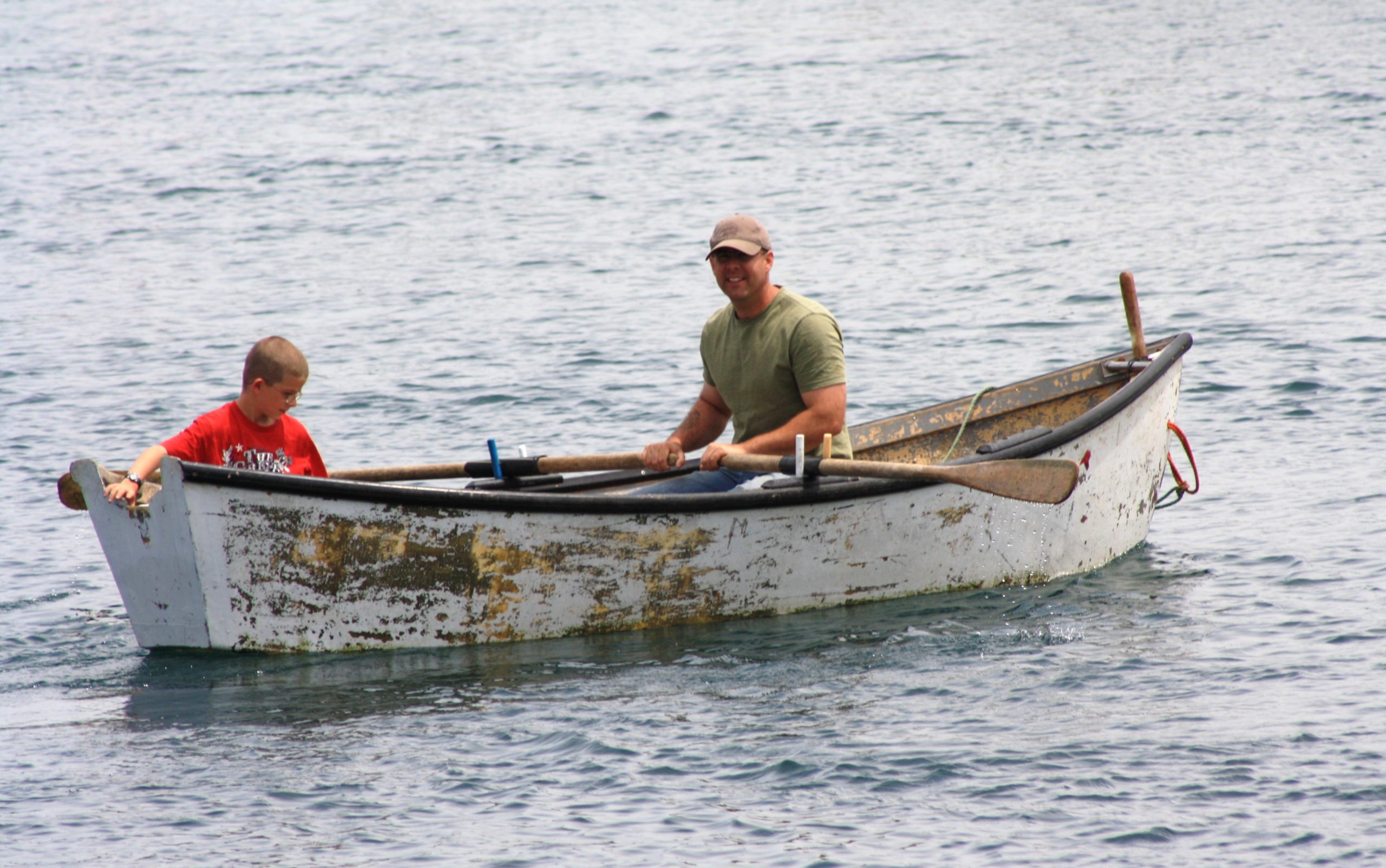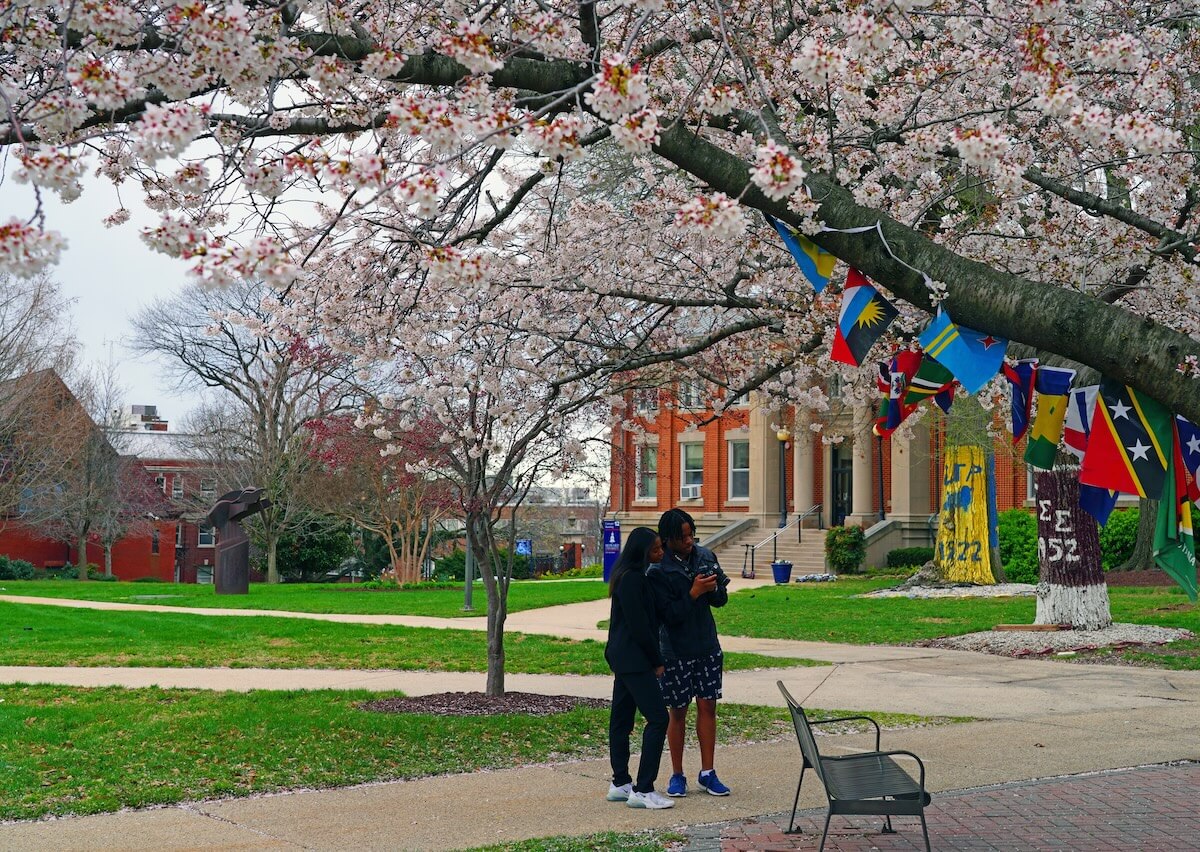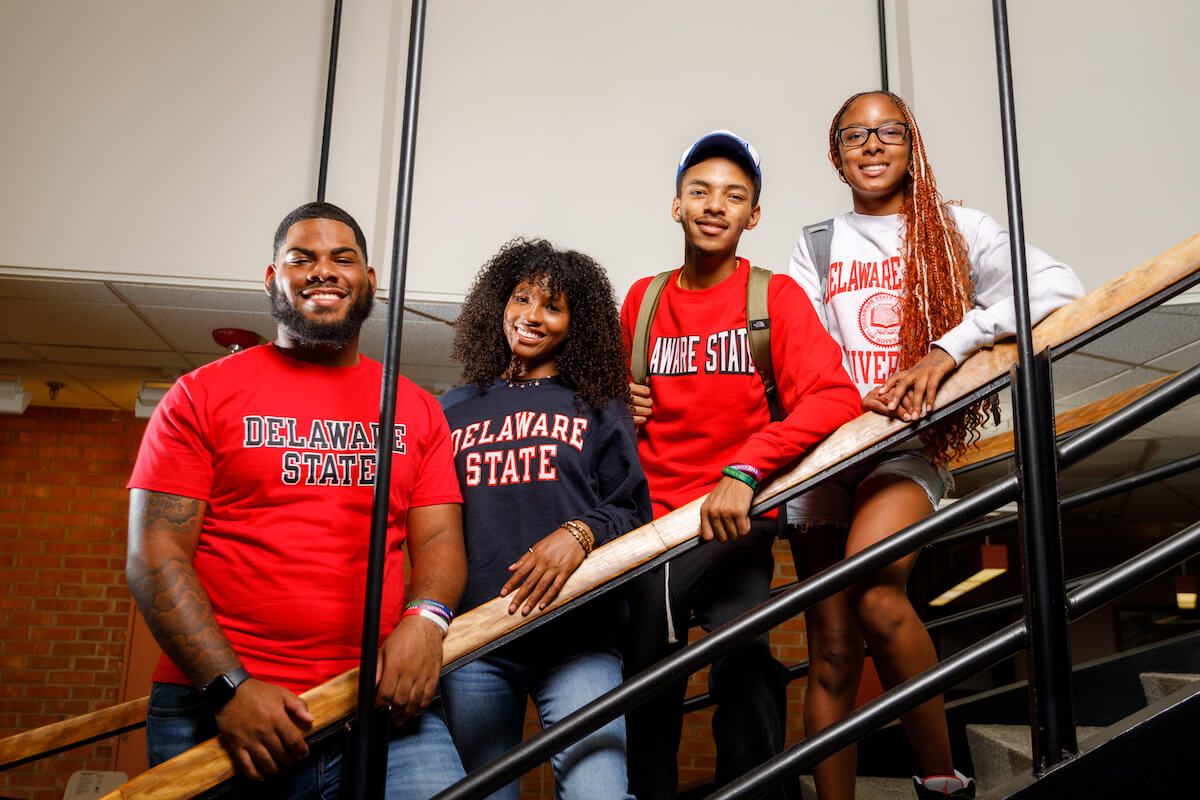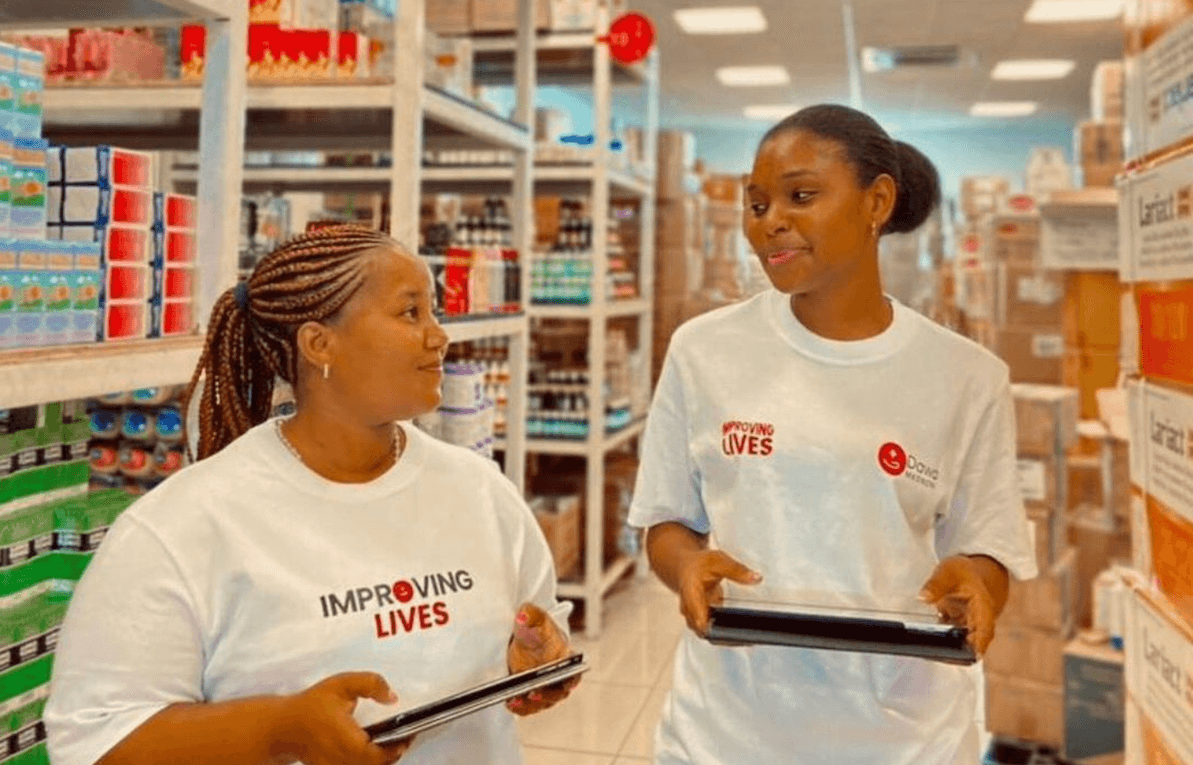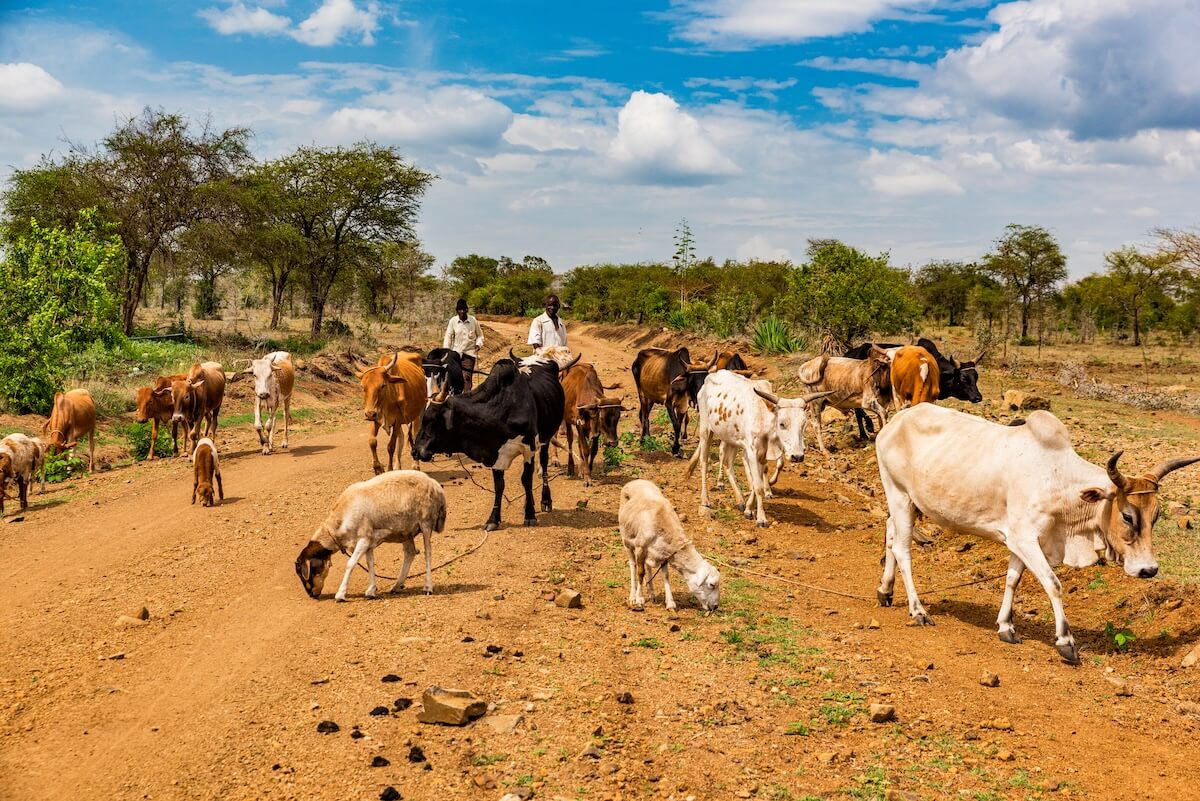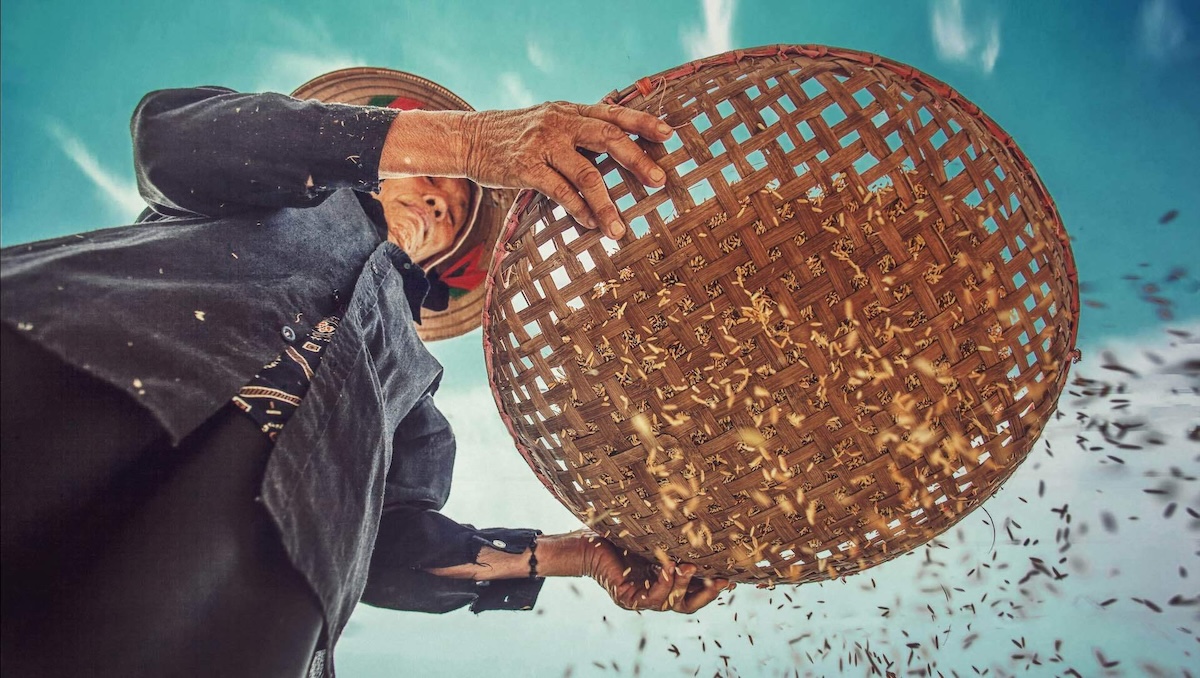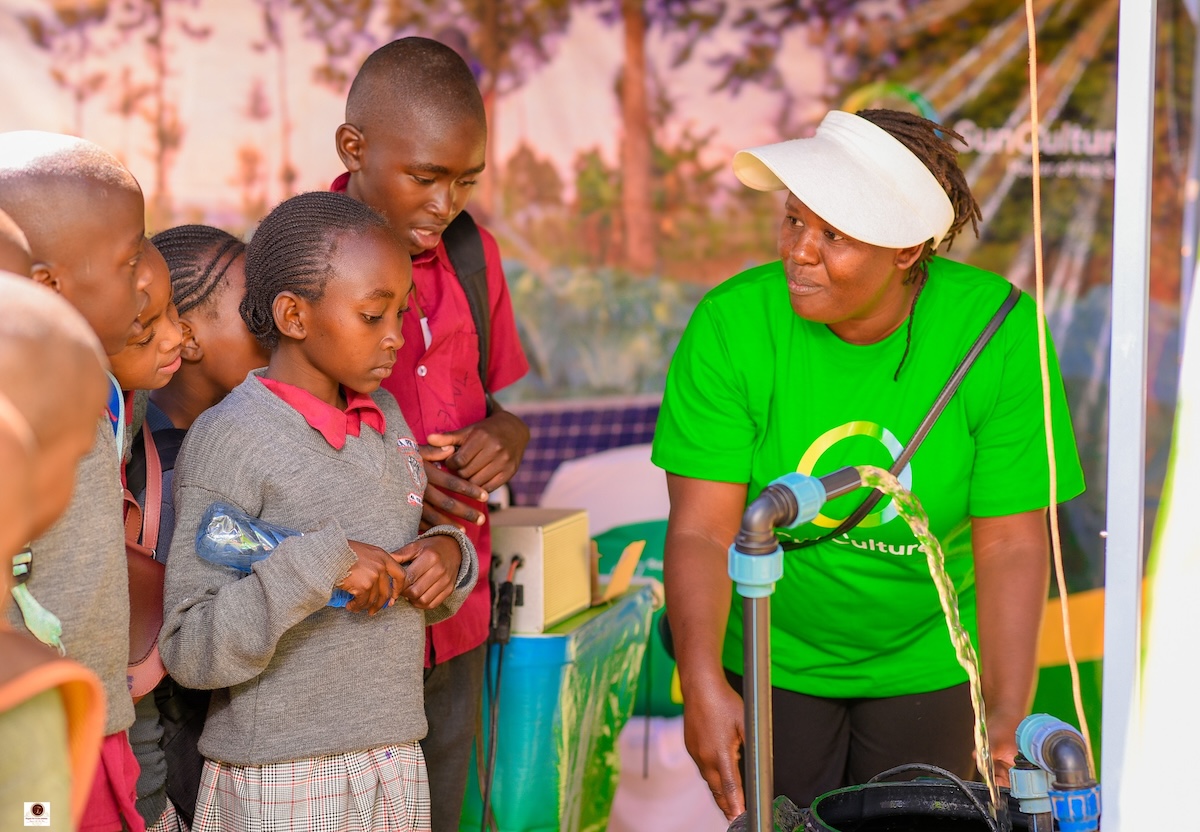Community-supported fisheries are becoming a hit with finicky foodies and green consumers that like to be able to trace their seafood back to the dock, and sometimes the boat that it came from.
 The idea has been that payment from consumers at the start of the season provides participating fishers upfront capital and a fair price for their catch in return for a steady supply of fresh, sustainable seafood. The only losers have been the brokers and middlemen that long controlled the seafood supply chain.
The idea has been that payment from consumers at the start of the season provides participating fishers upfront capital and a fair price for their catch in return for a steady supply of fresh, sustainable seafood. The only losers have been the brokers and middlemen that long controlled the seafood supply chain.
As community-supported fisheries, or CSFs, have gained in popularity, however, many small-scale operations have discovered the limitations of the model. Some locales have too many customers and not enough fish, others the reverse. So suppliers are partnering with distributors, moving closer to traditional seafood supply chain models.
Another path to growth is frozen seafood. But freezing may undercut the original appeal of the community supported model, which offered at least the perception of fresh off the boat.
[blockquote author=”Justin Cantafio, Off the Hook” pull=”pullleft”]If we want sustainable fishing, then we need sustainable livelihoods.[/blockquote]
The way the companies and co-ops respond to the challenges of growth will determine whether the community-supported companies ultimately disrupt the traditional seafood industry, or are absorbed by it.
Off the Hook, the first community supported fishery on Canada’s Atlantic coast, for example, is evolving into a regional seafood hub. With the support of the Ecology Action Center, the cooperative was founded by five fishing families in the Bay of Fundy and works with fishers who use traditional hook-and-line fishing methods to catch haddock, hake, cod and other groundfish.
Fishers tell Off the Hook the price they need for their fish, to make fishing economically worthwhile—what Justin Cantafio, the co-op’s director of operations, calls a ‘dignity price.’ Off the Hook then factors in processing, transportation, and cold storage to come up with an acceptable price for everyone in the value chain. That price is passed on to consumers, who pay a premium. The fishermen sign conservation covenants; Off the Hook ensures that their catch is traceable.
Limits of Scale
The CSF had succeeded in supplying more than 300 Nova Scotia households with a weekly package of “fresh, fair fish,” says Justin Cantafio, the co-op’s operations coordinator. But the cooperative has to move a higher volume of fish to fulfill its mission to support thriving coastal communities and incentivize low impact sustainable fishing, says Cantafio. “We’ve reached the limits of scale.”
To reach more consumers, Off the Hook is partnering with TapRoot Farms—a community supported agriculture network and the largest food distributor in Atlantic Canada. They are already supplying retailers and restaurants in Quebec, Ontario and British Columbia in a test phase.
Off the Hook has a runner-up in last year’s Fish 2.0 business competition, pitching its expansion plans to investors — and seafood distributors seeking additional sources of supply. The co-op was seeking a loan of $125,000.
“If we want sustainable fishing, then we need sustainable livelihoods,” Cantafio says. “In order to do that, we need to figure out a way to increase the value of sustainably caught seafood.”
Finding a scalable model that can generate sufficient volumes of fish to give fishers a livable income is key to the ambitions of companies seeking to change the way consumers value fish, and to push the seafood industry onto a more sustainable path.
Retail Model
In Santa Barbara, Calif., Salty Girl Seafood launched in October 2014 as a direct distribution venture. It changed tack in May 2015 to a retail model providing consumers with pre-marinated and packaged seafood products.
The change allowed the company to work with bigger volumes, says company co-founder Norah Eddy. Salty Girl currently work with five to 10 fishers to maintain a line of three retail products. The fishers are vetted by the company to ensure they meet sustainability standards.
It’s a traditional supply chain model but the company still works to keep product transit to a minimum and focuses on providing consumers with sustainable seafood that’s traceable right back to the boat and fisherman that caught the fish, says co-founder Laura Johnson.
Entering a code from the product package allows consumers to identify the fisherman and vessel responsible for providing their freshly purchased fish, as well as when and where the fish was caught.
This information comes at a premium price, which translates into better incomes for fishers, say the company’s founders. Can their model fully support a fishing livelihood?
“Not yet,” says Johnson, who says the company is getting closer to that goal with the fishermen they currently work with. “But we have it in our sights and in our plans.”
In December, the company introduced a new line of smoked fish products, available by mail order, and has new accounts on the east coast. The company hopes to be able to consistently buy whole boatloads of fish from fishermen who meet the company’s sustainability criteria.
“We’re moving more product off the shelves, so obviously we’re buying more fish from our fishermen,” says Johnson.
Fresh Frozen
 Up the California coast, in Sausalito, Same Day Seafood has grown to 10 employees and works with 15 fishing boats. Founder Gary Root came up with the idea to start Same Day Seafood in 2014. After a fishing trip on his friend’s commercial vessel, he was surprised to see fishers accepting a low price for their catch when the boats returned to port.
Up the California coast, in Sausalito, Same Day Seafood has grown to 10 employees and works with 15 fishing boats. Founder Gary Root came up with the idea to start Same Day Seafood in 2014. After a fishing trip on his friend’s commercial vessel, he was surprised to see fishers accepting a low price for their catch when the boats returned to port.
“It dawned on me right at that moment that there was a better way to do this,” says Root, who suggested to his friend that he sell his fish directly to consumers. Root set up a simple Facebook page to market his friends fish as an experiment in 2014. “And it just took off!”
Same Day Seafood’s direct distribution approach means consumers know who they are buying from and for. Now Root is working to market frozen seafood products. This allows his company to keep up with demand and “transforms a 16-week salmon season into a 52 week-a-year business.” In January, the company started selling at farmers’ markets and is expanding online sales.
Back in Nova Scotia, Off the Hook is also experimenting with frozen fish. Freezing helps Off the Hook meet demand, expand supply, gives fishers greater flexibility and provides a more stable source of income for fishers.
“Fish that’s caught by hand, bled at sea and quickly frozen and later thawed properly is the freshest seafood anyone has ever eaten,” says Cantafio. “Overcoming perception around frozen seafood is one of the biggest hurdles facing the industry right now.”
[seperator style=”style1″]Disclosure[/seperator]
ImpactAlpha’s Financing Fish follows investors and entrepreneurs seeking opportunities in the $390 billion seafood industry’s shift towards sustainability. Sign up for the Financing Fish newsletter.
Photo: Off the Hook CSF fisherman Orlie Dixon and his son row to their Cape Islander at Long Island, Nova Scotia. Photo by Becky Cliche.

